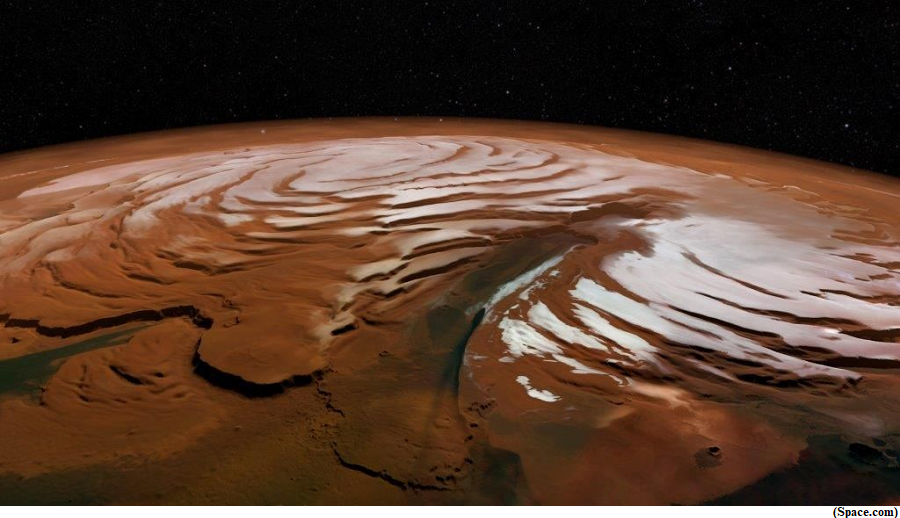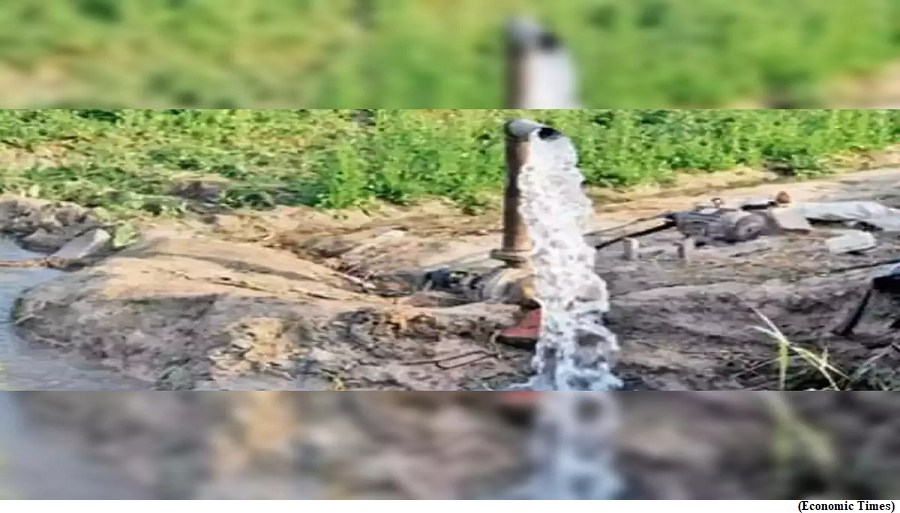Indian mangoes shipment expands its footprints (GS Paper 3, Economy)

Why in news?
- India has registered a significant growth in the export of mangoes in the first five months of the current fiscal (2023-24) by exporting mangoes to the tune of USD 47.98 million, which is 19 percent higher than the previous years’ value of USD 40.33 million in the same period.
Details:
- With the collaboration of Ministry of Agriculture and Farmers Welfare and APEDA, India exported 22,963.78 MT of mangoes worth USD 48.53 million in 2022-23, while in the current year 2023-24 (April-August), India has exported 27,330.02 MT of mangoes worth USD 47.98 million.
Export destination:
- India has achieved grand success in the export of Indian mangoes to the USA by registering a growth of 19 percent in comparison to the previous fiscal year. India has exported 2043.60MT of Indian mangoes to the USA in the first five months of the current fiscal.
- Besides the USA, with continuous efforts of the concerned authorities, India has exported 43.08 MT of mangoes to Japan, 110.99 MT of mangoes to New Zealand, 58.42MT of mangoes to Australia and 4.44MT of mangoes to South Africa – a new destination.
- In the season 2023, India has exported mangoes to 41 countries by exploring new destinations such as Iran, Mauritius, Czech Republic and Nigeria.
Initiatives by APEDA:
- In order to commemorate the 75 years of Independence of India (Azadi ka Amrit Mahotsav), APEDA facilitated the export of 75 eastern varieties of mangoes to Bahrain. The consignment included 5 GI-tagged varieties from the eastern region of India.
- Additionally, APEDA organized a mango promotion programme or festival in active collaboration with the Missions of India of the respective countries to promote and increase the export of Indian mangoes.
About APEDA:
- Agricultural and Processed Food Products Export Development Authority (APEDA) was established by the Government of India under the Agricultural and Processed Food Products Export Development Authority Act of 1985.
- It works under the Ministry of Commerce and Industry.
- Its objective is to develop and promote the export of scheduled products.
- The products specified under the APEDA ACT are called scheduled products, and exporters of such scheduled products are required to register under APEDA.
- It provides financial assistance, information, and guidelines for the development of scheduled products.
New map helping locate ice on Mars
(GS Paper 3, Science and Technology)
Why in news?
- NASA’s Subsurface Water Ice Mapping (SWIM) project has released its fourth set of maps, providing the most detailed view of Mars' subsurface ice since the project's inception in 2017.
- The maps are crucial for future Mars missions as they identify the most likely locations to find Martian ice that can be accessed from the surface.
- This ice will serve as a vital resource for astronauts, providing drinking water and a key ingredient for rocket fuel.

SWIM project:
- The SWIM project, led by the Planetary Science Institute in Tucson, Arizona, and managed by NASA’s Jet Propulsion Laboratory in Southern California, combines data from several NASA missions, including the Mars Reconnaissance Orbiter (MRO), 2001 Mars Odyssey, and the now-inactive Mars Global Surveyor.
- The instruments on these spacecraft have detected what appear to be masses of subsurface frozen water along Mars’ mid-latitudes.
New map:
- The latest SWIM map was created using two higher-resolution cameras aboard MRO, providing a more detailed perspective of the ice’s boundary line as close to the equator as possible.
- Scientists use HiRISE (High-Resolution Imaging Science Experiment) to study fresh impact craters caused by meteoroids that may have excavated chunks of ice.
- The new map also includes sightings of so-called “polygon terrain,” where the seasonal expansion and contraction of subsurface ice causes the ground to form polygonal cracks, indicating more ice hidden beneath the surface.
Way Forward:
- The SWIM project is expected to serve as a foundation for a proposed Mars Ice Mapper mission, an orbiter equipped with a powerful radar custom-designed to search for near-surface ice beyond where HiRISE has confirmed its presence.
UN report warns India heading towards groundwater depletion tipping point
(GS Paper 3, Environment)
Why in news?
- Recently, a report titled ‘Interconnected Disaster Risks Report 2023’ was published by the United Nations University Institute for Environment and Human Security (UNU-EHS).
- As per the report, some areas in the Indo-Gangetic basin in India have already passed the groundwater depletion tipping point and its entire northwestern region is predicted to experience critically low groundwater availability by 2025.

Six environmental tipping points:
- Environmental tipping points are critical thresholds in the Earth's systems, beyond which abrupt and often irreversible changes occur, leading to profound and sometimes catastrophic shifts in ecosystems, climate patterns and the overall environment.
It highlights that the world is approaching six environmental tipping points:
- accelerating extinctions,
- groundwater depletion,
- mountain glacier melting,
- space debris,
- unbearable heat and
- an uninsurable future.
Overexploitation of groundwater:
- Around 70 per cent of groundwater withdrawals are used for agriculture, often when above-ground water sources are insufficient. Aquifers play a crucial role in mitigating agricultural losses caused by drought, a challenge expected to worsen due to climate change.
- However, the report warns that the aquifers themselves are approaching a tipping point. More than half of the world's major aquifers are depleting faster than they can naturally replenish.
- When the water table falls below a level accessible by existing wells, farmers may lose access to water, posing a risk to entire food production systems.
- Some countries, like Saudi Arabia, have already exceeded the groundwater risk tipping point, while others, including India, are not far from it."India is the world's largest user of groundwater, exceeding the use of the United States and China combined.
Status in India:
- The northwestern region of India serves as the bread basket for the nation's growing 1.4 billion people, with the states of Punjab and Haryana producing 50 per cent of the country's rice supply and 85 per cent of its wheat stocks.
- However, 78 per cent of wells in Punjab are considered overexploited and the northwestern region as a whole is predicted to experience critically low groundwater availability by 2025.




